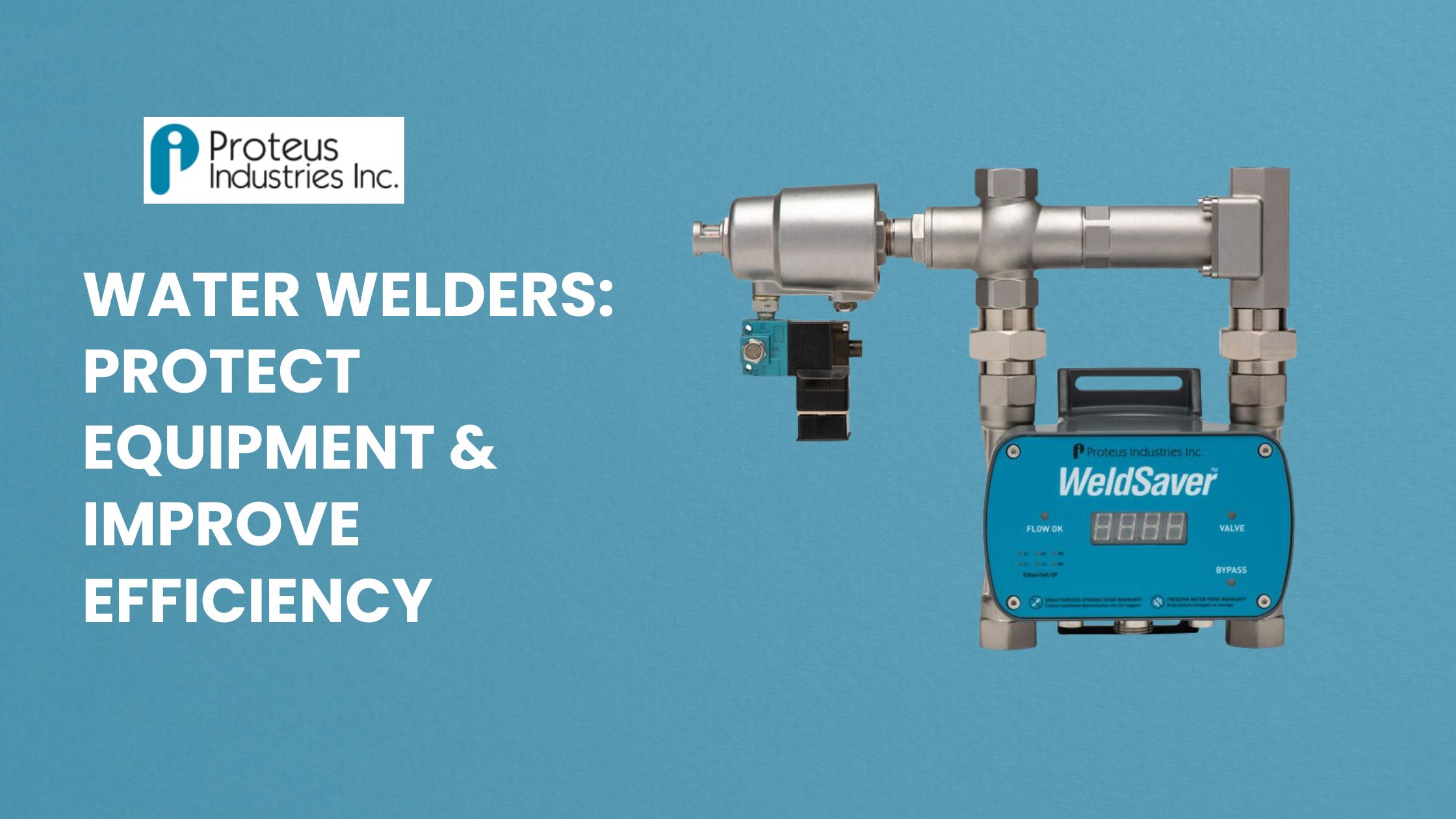In modern metal fabrication and manufacturing, maintaining weld quality and equipment longevity is more critical than ever. One of the essential tools that help achieve this is the water welder — a system designed to manage and regulate heat during welding. By efficiently cooling torches and cables, water welders protect your equipment and keep production lines running smoothly.
This guide explores how water welders work, their benefits, and why incorporating advanced monitoring systems like the WeldSaver makes them even more valuable.
What Are Water Welders?
Water welders, also known as water-cooled welding systems, use circulating coolant (usually water mixed with additives) to absorb and heat from welding equipment.
This cooling process is especially vital for:
- High-amperage welding operations, like heavy-duty MIG, TIG, and spot welding.
- Robotic welding systems, which run continuously and generate substantial heat.
- Delicate materials, where precise heat control is crucial to prevent warping or defects.
Typical components of a water welding setup include:
- A coolant tank or reservoir
- A pump to circulate coolant
- A heat exchanger or radiator to dissipate collected heat
- Water-cooled torches and cables
- Flow sensors and safety shutoff systems
Why Use Water Welders?
While many small-scale welding tasks use air-cooled torches, water welders offer several advantages in demanding industrial environments.
1. Superior Heat Management
Water removes heat much more efficiently than air. This means:
- Higher duty cycles without overheating
- Less thermal stress on torches, cables, and consumables
- Longer welds can be completed without interruption
2. Improved Weld Quality
Overheating can cause:
- Poor arc stability
- Spatter
- Inconsistent penetration
By keeping the torch consistently cool, water welders stabilize the welding process. This results in cleaner, stronger, and more visually appealing welds.
3. Extended Equipment Lifespan
Excessive heat breaks down torch liners, cables, and seals over time. Water welders dramatically reduce operating temperatures, protecting your investment and lowering replacement costs.
How Water Welders Boost Efficiency
Faster Welding Without Overheating
Because water-cooled systems handle more heat, welders (or robotic welding arms) can operate at higher currents for longer periods. This translates directly into faster welds and higher throughput.
Reduced Downtime and Maintenance
With proper cooling:
- Torches don’t require as many cool-down breaks.
- Consumables and liners last longer, meaning fewer changeovers.
- Machines are less likely to fail unexpectedly due to heat stress.
The Critical Role of Coolant Monitoring: WeldSaver Overview
While water welders provide powerful cooling, the system depends entirely on continuous coolant flow. If the flow stops — due to leaks, clogged filters, pump failures, or hose disconnects — the torch can quickly overheat, leading to:
- Severe damage to the torch and cables
- Burned hoses that could pose safety risks
- Scrapped parts from ruined welds
- Unplanned production downtime
This is where the WeldSaver comes in.
What is WeldSaver?
The WeldSaver is an advanced coolant flow monitor and protection device designed specifically for robotic and manual water-cooled welding applications. It ensures your water welding system is always running safely.
Key functions include:
- Real-time flow sensing: Instantly detects if coolant flow drops below safe levels.
- Leak detection: Quickly identifies loss of coolant volume, indicating leaks or hose breaks.
- Automatic shutdown signals: If unsafe conditions are detected, the WeldSaver sends a stop command to the welding robot or power supply, preventing damage.
Benefits of Integrating WeldSaver with Water Welders
1. Prevents Catastrophic Failures
Without flow monitoring, a broken hose or blocked filter could go unnoticed until the torch overheats, melting seals and internal components. The WeldSaver provides early warnings and immediate protective shutdowns.
2. Saves on Costly Repairs and Scrap
By preventing torch burnouts, manufacturers avoid thousands of dollars in equipment damage. It also reduces scrapped parts that fail quality checks due to inconsistent welds caused by overheating.
3. Supports Predictive Maintenance
The WeldSaver tracks flow trends over time. Drops in flow rates can indicate growing blockages or pump inefficiencies. This helps maintenance teams act before breakdowns occur.
Typical Industries Using Water Welders & WeldSaver Systems
- Automotive manufacturing: High-speed robotic spot welding on frames and chassis.
- Heavy equipment fabrication: Thick materials requiring sustained high currents.
- Aerospace assembly: Where flawless welds on expensive alloys are critical.
Tips for Optimizing Water Welder Performance
To get the most from your water welders, follow these best practices:
✅ Use quality coolant: Always mix water with appropriate additives to prevent algae, scale, and corrosion.
✅ Check filters regularly: Clogged filters reduce flow and compromise cooling.
✅ Inspect hoses and fittings: Replace cracked or worn lines promptly to prevent leaks.
✅ Monitor flow rates: Systems like the WeldSaver automate this, but periodic manual checks reinforce reliability.
✅ Train staff: Ensure operators know the signs of coolant flow issues, such as increased torch temperature or irregular weld beads.
Conclusion:
For manufacturers that demand high productivity, excellent weld quality, and long equipment life, water welders are indispensable. They enable faster, more consistent welding while protecting torches and cables from damaging heat.
However, without proper monitoring, even the best water welding system is at risk. That’s why adding a protection device like the WeldSaver ensures you get maximum benefits while avoiding costly failures.
When it comes to advanced coolant flow sensing and safeguarding critical welding operations, industries of Proteus Industries for proven, precision-engineered solutions.
